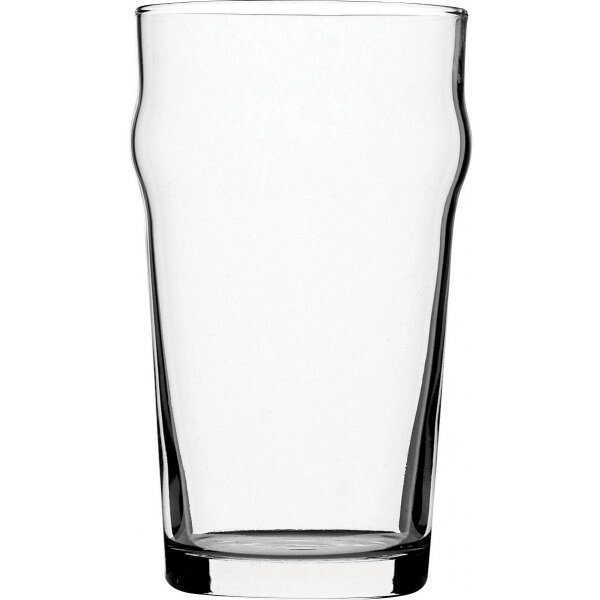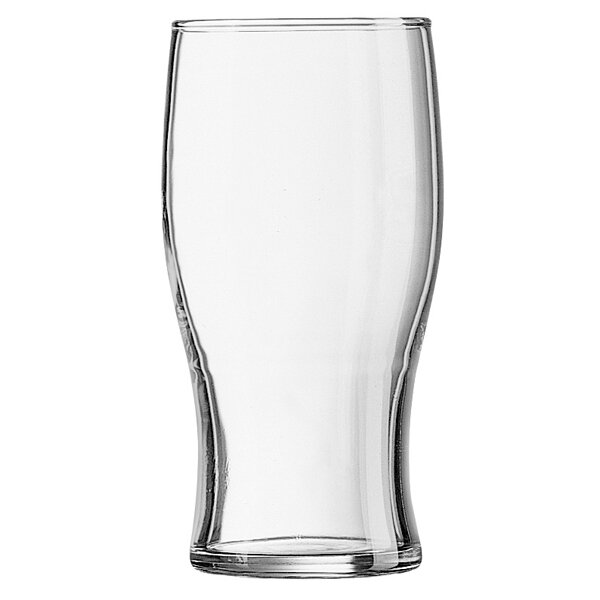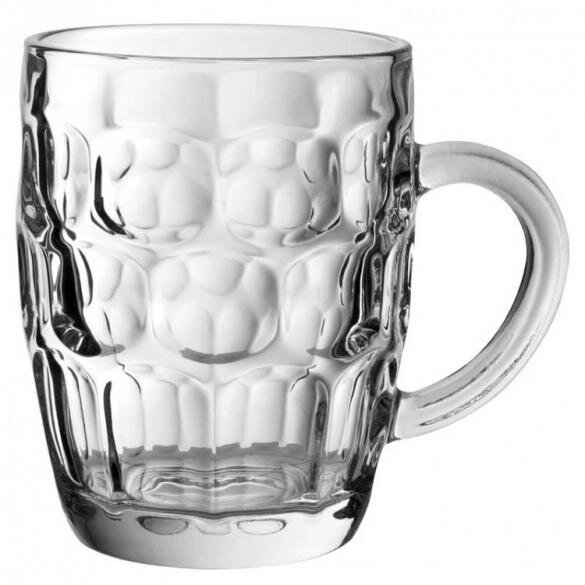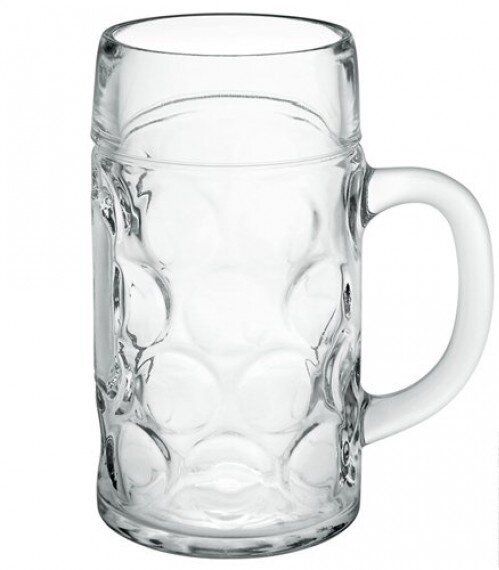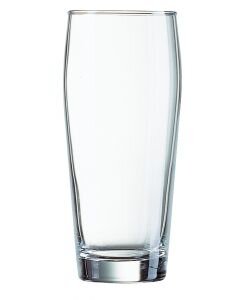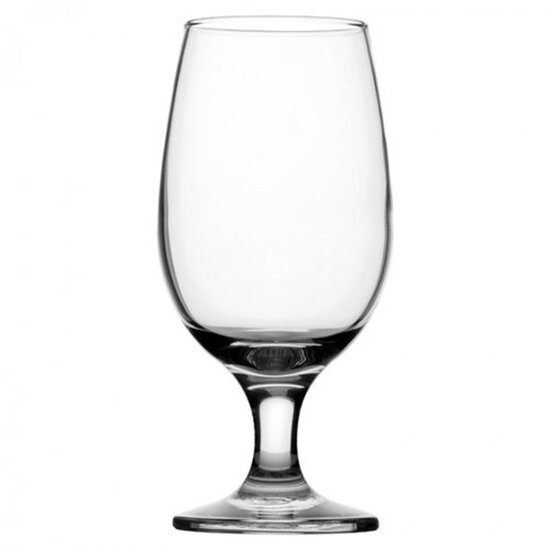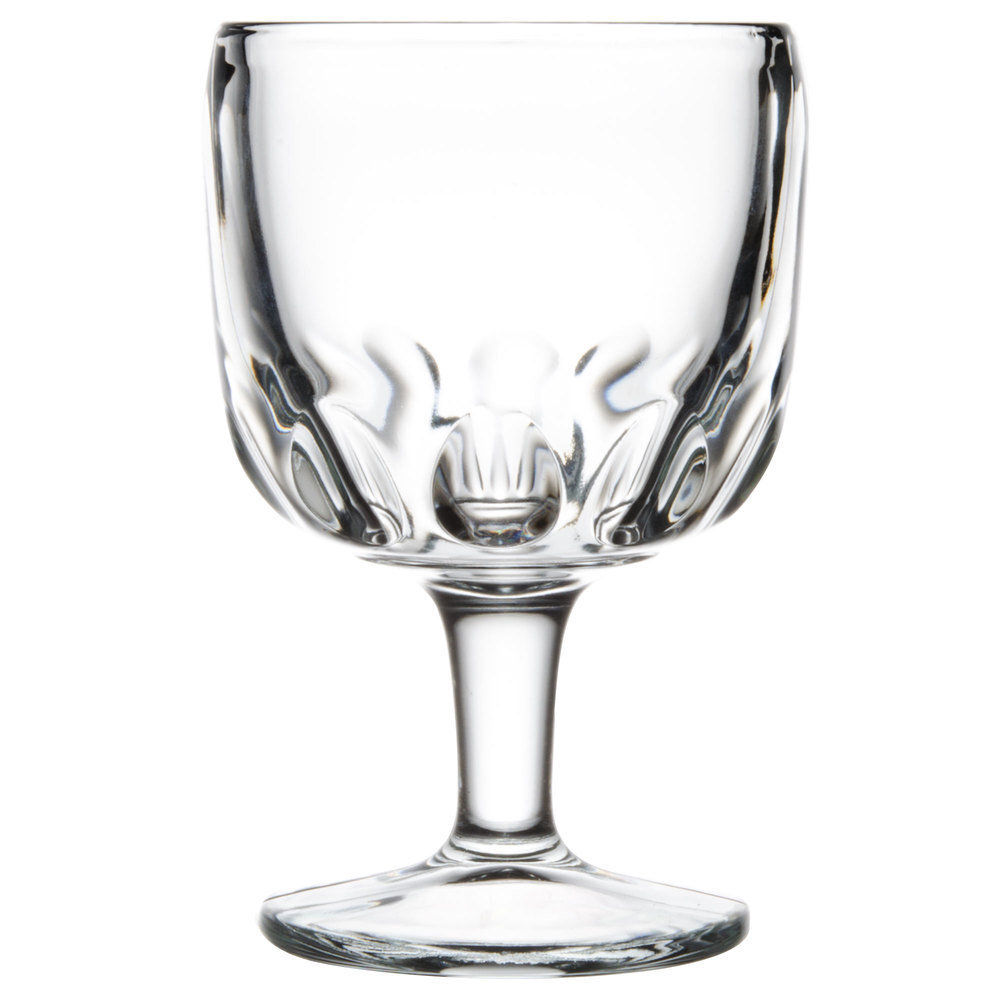The Beer Glass Guide
Beer Glassware
Beer around the world has been served in glasses for many years, but it was only when it became affordable did ordinary people start using it regularly in the 19th century. Pewter mugs, goblets and tankards had been used for years, as it was relatively cheap, and very tough, but the advent of inexpensive glassware caused the quick decline of this form of drinking vessel. Using glasses was instrumental in how we brew beer in the modern age, as drinkers could now see the liquid, they wanted a more visually attractive product, so muddy brown ales went out of fashion, and brighter, clearer and paler ales and lagers were the order of the day. In Britain the pale ale was invented, and in what is now the Czech Republic in 1842 the pale gold pilsener was born – the palest of beers at the time.
Using the right glass for your beer is important for the all round enjoyment of the beverage, especially if you are drinking a specialty or stronger brew. I wouldn’t want a 10% barleywine in a 1 litre german masskrug, and I don’t need a snifter glass to drink my English 4% bitter with my lunch either! Almost all Belgian breweries produce their own branded glasses, which bars and cafés will serve their beer in, making the whole experience more enjoyable. Although not every glass is listed here, I think it is a pretty good round up of the main styles that are available to use and collect for the avid beer lover.
Pint Glasses
What is a pint? Well if you go to the U.S.A. it is quite a bit smaller than the U.K., if you are in Canada, you ought to check with the bartender – some places use the British Imperial Pint and others (illegally) sell a pint as the smaller U.S. Pint, so you had better watch out. If you have a pint in Australia you could have an ‘Imperial Pint’ (568ml or 570ml) or a ‘pint’ which is 425ml, it seems to depend on which state you’re in. In New Zealand however, there is no standard anymore, and you would usually end up with a ‘pint’ of 450ml
Imperial Pint: = 568ml or 20 fl oz (Imperial) or 19.2 fl oz (US)
US Pint: = 473ml or 16.7 fl oz (Imperial) or 16 fl oz (US)
Metric Pint: = 500ml or 17.6 fl oz (Imperial) or 16.9 fl oz (US)
If beers aren’t served by the pint were you live then it will usually be in half litres (500ml), 25cl or 30cl
in most of Europe on draught or 330ml bottles; although some European Breweries (including British) sell bottled beer in 500ml bottles. Some are sold in Champagne bottles of 75cl or ‘splits’ of 375 ml.
In Canada the standard bottle is 341ml (12 Imp fl oz or 11.5 US fl oz) with the larger style being 650 ml (22 US fl oz / 22.9 Imp fl oz). In the U.S. bottles are 354ml (12 US fl oz / 12.5 Imp fl oz) or they also use the larger 650ml ones. In Australia bottles are either 375ml or 750ml but there are a myriad of glass sizes when you go into pub, again dependant on where you are……. Phew!
The Glassware Guide
Tankards and tumbler beer glasses
Conical Glass/Straight – Imperial Pint
This is an old fashioned, yet familiar sight in some British and Irish Pubs. Although has mostly been replaced by the Nonic for ease of use. This is a similar shape as the American Shaker Glass but with a larger capacity. Stouts, bitters, mild ales, porters or pretty much anything you get on draught in a British pub are fine in this and most other pint glasses.
Boston Shaker Glass – U.S. Pint
This is the standard glass used in almost all American pubs. It is called a ‘Shaker’ as it is also used with a cocktail shaker to mix drinks. Most U.S. craft breweries will have an array of branded ones to buy to help you remember your boozy visit! US Pale Ales, American browns and many 3-6% quaffing beers are just fine in a shaker.
Nonic – Imperial Pint
This is the standard pint glass used in Great Britain, and was designed so that the bulge prevents the glasses getting jammed together when stacked, as well as being easier to hold and not drop due to the slippery condensation of an ice cold brew.
Tulip Pint Glass – Imperial & U.S. Pint
This glass is used in both U.S. and Imperial sizes, and is often found with brewery’s logo on the side. A popular glass used in many British pubs, it has gained favour over the nonic due to the attractive shape. There are two other versions, called the Prague Pint and Tokyo Pint with progressively more flared bases.
Dimple mug – Imperial Pint
The quintessential British Pint Glass has sadly gone out fashion in recent years, but if you ask, most pubs have a few to hand and will gladly serve your pint of Bitter in one. The dimples make this a very tough glass to break, and with the handle, easy to grip – and it makes you feel like you’re drinking your beer in a ‘proper’ glass!
10-sided Lantern tankard – Imperial Pint
The ‘forgotten British classic’ now been rediscovered and made by Stephenson’s. This was the favourite glass tankard from the 1890s to the early 1960s, but was eclipsed by the more durable dimple mug. The panels allowed light to be refracted through the glass and give life to the colour of the beer.
Plain Tankard – Imperial Pint/ 500ml & smaller sizes
Sometimes simply called a ‘Mug’, this is a simple handled glass, usually with straight sides, or slightly tapered in at the top. Obviously there are pewter versions of these too, for the real traditionalist.
Seidel/Biergrug/Glaskrug, AKA ‘Stein’ – 500ml / 1 Litre
This is the classic German beer tankard, and comes in a few different forms. Often made with a hinged lid (originally to keep out the flies from the 15th Century onwards) it can be made of earthenware, stoneware, porcelain, silver and pewter. The German term ‘Steinkrug’ is for a stoneware version, but ‘Stein’ is often incorrectly used for the glass; other materials have there own names such as Glaskrug (for glass). The glass versions are usually seen without the pewter lid. Drink any of the many German lagers under 6% in this one.
Maßkrug/Masskrug – 1 Litre
Pronounced “Masskroog”, this is a glass tankard which is commonly used at the Oktoberfest celebrations. Although this style of glass used to hold about a litre and a half, this century has seen it standardised as 1 litre to the line, with the remaining room for a nice frothy head. This is the classic glass to drink large amounts of Märzen, Vienna and of course Oktoberfest beer.
Weissbier Glass –330 to 500ml
A specific curvy version of a pilsner glass that holds the aromatics and expansive head of the many German and Belgian wheat beers. American and Canadian craft brewers who make their version of wheat beers, also serve it in these ergonomically curvaceous glasses.
Stange / Cylinder – 200ml - 500ml / U.S. & Imperial Pint
This is a tall , straight sided glass, traditionally used to serve Kolsch in small 200ml servings, but is now used all over the world in various sizes to serve chilled lagers and golden ales
Willi becher – 200ml - 500ml
This is a slightly shorter, squatter version of the Stange, with a slight bulge and tapering at the mouth of the glass. It is often used to drink Altbier in Germany, but many beers are served in this style of glass.
Stemmed and footed beer glasses
Pilsner Flute – 330ml
This tall, slender conical glass, sometimes with a short stem, but always with a round foot, may fit 330ml of beer, but it is in fact a bit larger than that- to fit in the pillowy head that most beer in continental Europe is served with. A nice way to drink your premium Czech Pilsner.
Pokal - 330ml
This is an elegant stemmed pilsner glass usually found in Germany. Often seen with a ‘trumpet’ flared shape. Class in a glass!
Tulip Glass (stemmed) 25cl -33cl
This is popular with some Belgian strong Golden Ales, and is perfect for sipping and savouring these powerful yet refreshing beers. This is also great for Imperial or double IPAs, strong spiced Christmas ales or any strong aromatic beer.
Goblet 25cl -33cl
This is one of the classic Belgian styles of glass. There are many styles made as each brewery has either a Goblet or Chalice designed and branded for its own beer. It is a pleasure to drink these distinctive and some times strong beers from a glass that has been specially made for the brew. Goblets have a round bowl sat upon a medium sized stem, and are designed for sipping rather than slurping. These are designed for strong Belgian ales any colour. Some more delicate goblets can be found with a narrower stem and and tapering mouth, and are used for some premium lagers in Europe.
Chalice 25cl - 35cl
Chalices are similar in many ways to the Goblet but tend to be chunkier and always with a thick, sometimes patterned stem. The design harks back to medieval pewter or earthenware chalices that were heavily engraved and sometimes decorated with precious stones or glass beads.
Snifter/Brandy glass
This is a similar to a brandy glass, and is an excellent all round option for any strong beer. Traditionally used in Britain to serve Barley Wines, Imperial Stouts and Scotch Ales, it focuses the aroma and can be used to gently swirl the beer to release the flavour!
Specialty Glasses
Beer Boot / Bierstiefeln
This is a fun way to drink a beer, and comes in a variety of sizes from the shot glass to 2 litres. Traditionally made in Germany, it is often used in drinking competitions to ‘down’ a large amount of beer in one go. Legend has it that a German General promised to drink a beer from his boot if his troops were victorious, as they won the battle, the General appeared with a specially made boot shaped glass to fulfil his promise without using his real leather boot. This may or may not be true, but it explains the military styling to this glassware, and also makes for a good tale!
Yard Glass – 3 Imperial Pints or 1.5 Litres
Drinking a yard of ale is no easy feat, but it must be done from Yard long glass, usually found hanging on the pub wall. This glass is a Yard in length (91.5cm) and dates back to the 17th Century in Britain when the art of glass making was taking off. It would have been a great accomplishment for a blower to make this glass, and no known examples survive from before 1674 when a tougher glass called flintglass was being produced. The art of drinking it is something of a skill too, as there is a danger of being covered in beer! The technique is to raise the glass past horizontal and keep rotating it as you drink, – not easy! The world record is 5 seconds for drinking a yard of ale and is unlikely to be beaten. Half Yards are also available and are good to practice at home with!




